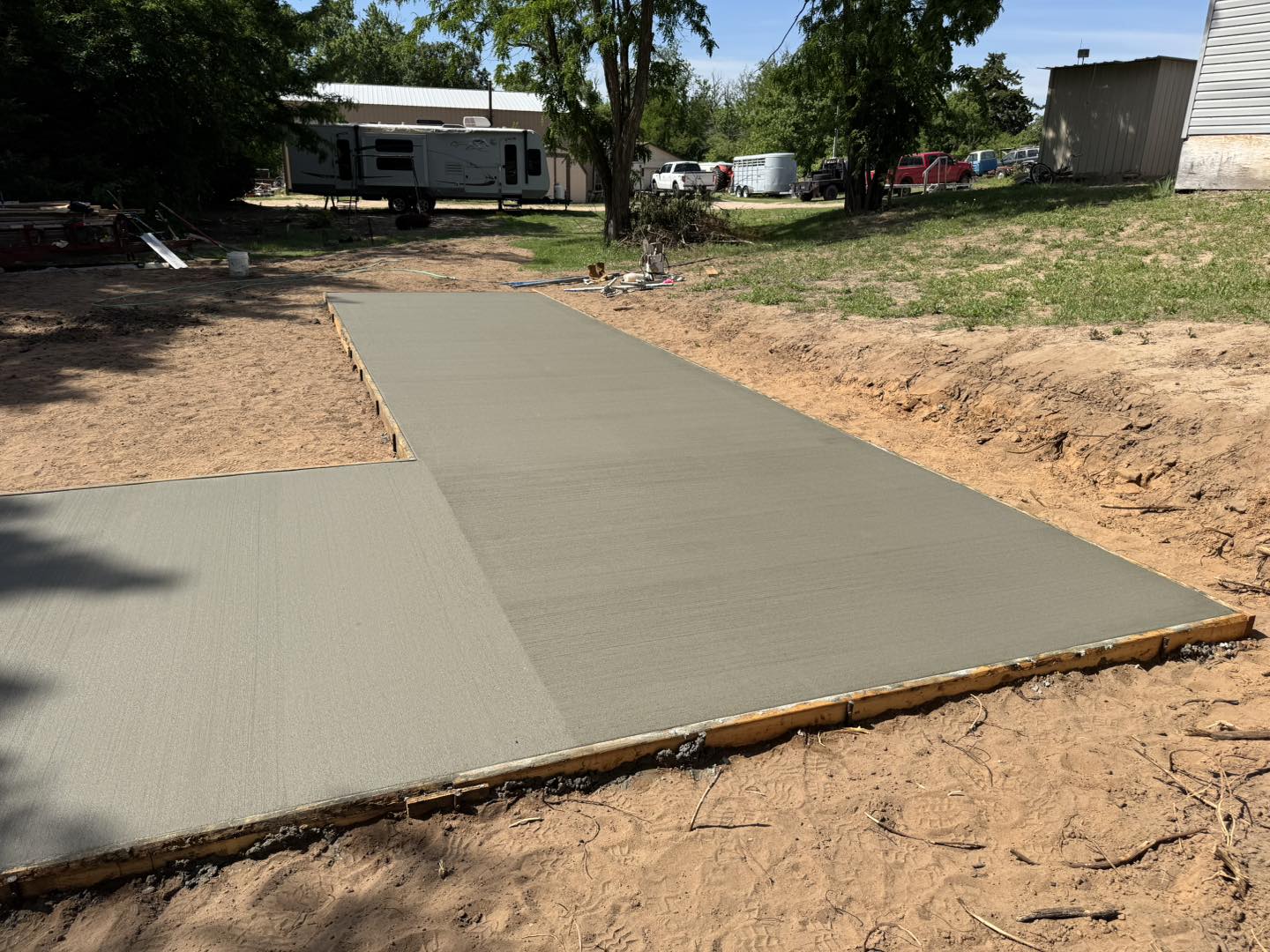
The Art of Concrete: Crafting Aesthetic Appeal in Modern Architecture Jul 13, 2025
Concrete’s evolution in architecture is nothing short of revolutionary. Gone are the days when it was solely relegated to foundational work. Today, architects and designers leverage its capabilities to craft eye-catching exteriors, sculptural interiors, and innovative installations. This shift not only expands the possibilities of architectural design but also enhances sustainability—a feature increasingly valued in modern construction.
The art of concrete is founded on its innate versatility. Unique textures and a palette of colors make concrete a preferred choice for those looking to inject personality into their projects. Polished concrete floors, for instance, offer a sleek, durable surface that complements minimalist interiors. Meanwhile, textured finishes on facades bring depth and intrigue, transforming buildings into works of art.
Incorporating concrete into architectural projects also taps into its robust nature, providing structural integrity alongside aesthetic value. This strength allows for creative constructions, such as cantilevered structures and curves that defy traditional building norms. When properly executed, these designs are not only visually arresting but also engineered to withstand the test of time.
For homeowners and architects alike, choosing concrete involves a dedication to sustainable practices. Concrete can be produced using local materials, reducing transportation emissions and supporting local economies. Additionally, its thermal mass properties contribute to energy efficiency, naturally regulating building temperatures and reducing reliance on heating and cooling systems. This makes concrete not just an artistic choice, but an environmentally conscious one.
Understanding the potential of concrete in modern architecture involves collaboration with specialists who have honed their craft. TC Concrete stands at the forefront of this movement, providing expertise in creating installations that align with both the aesthetic and functional goals of their clients. Whether it’s a decorative wall feature or a complex structural element, professional concrete services ensure that the material is used to its fullest potential, delivering results that exceed expectations.
When embarking on a construction project, considering concrete as a primary material can lead to innovative design solutions that combine beauty and function. Embracing its adaptability allows for the incorporation of contemporary artistic elements in a way that is both practical and visually appealing. This makes concrete not just a building material, but a medium through which creativity can flourish.
As innovations in concrete technology continue to emerge, the possibilities for its application in architecture will only expand. From residential homes to grand public spaces, the aesthetic appeal of concrete can elevate any project, making it a cornerstone of modern architectural design. For those looking to embark on new builds or renovations, consulting with experts like TC Concrete ensures that each concrete element is meticulously crafted to enhance both form and functionality.
In conclusion, the art of concrete is characterized by creativity, functionality, and sustainability. By integrating concrete into modern designs, architects and builders can create structures that are not only visually striking but also withstand the demands of time and the environment. With firms like TC Concrete leading the way, the future of architecture is poised to be as strong and resilient as the concrete itself.
/filters:no_upscale()/media/DFA1B79CSSKMO5T4NX1I3OVKDLZ2EZOTR3II0MTX.jpeg)
/filters:no_upscale()/filters:format(webp)/media/aaaeb466-f364-4b4c-bcb6-9889ebc78003.jpeg)